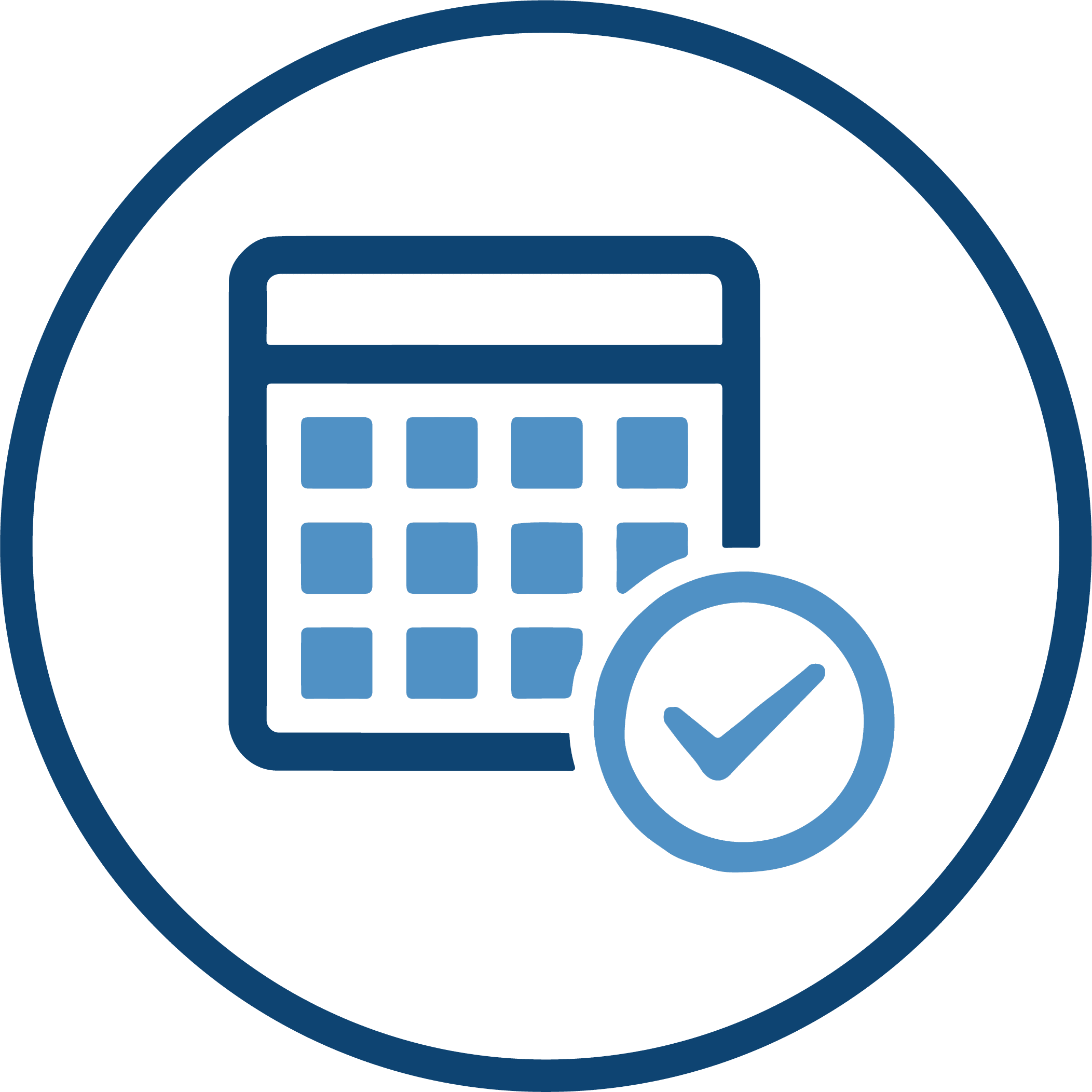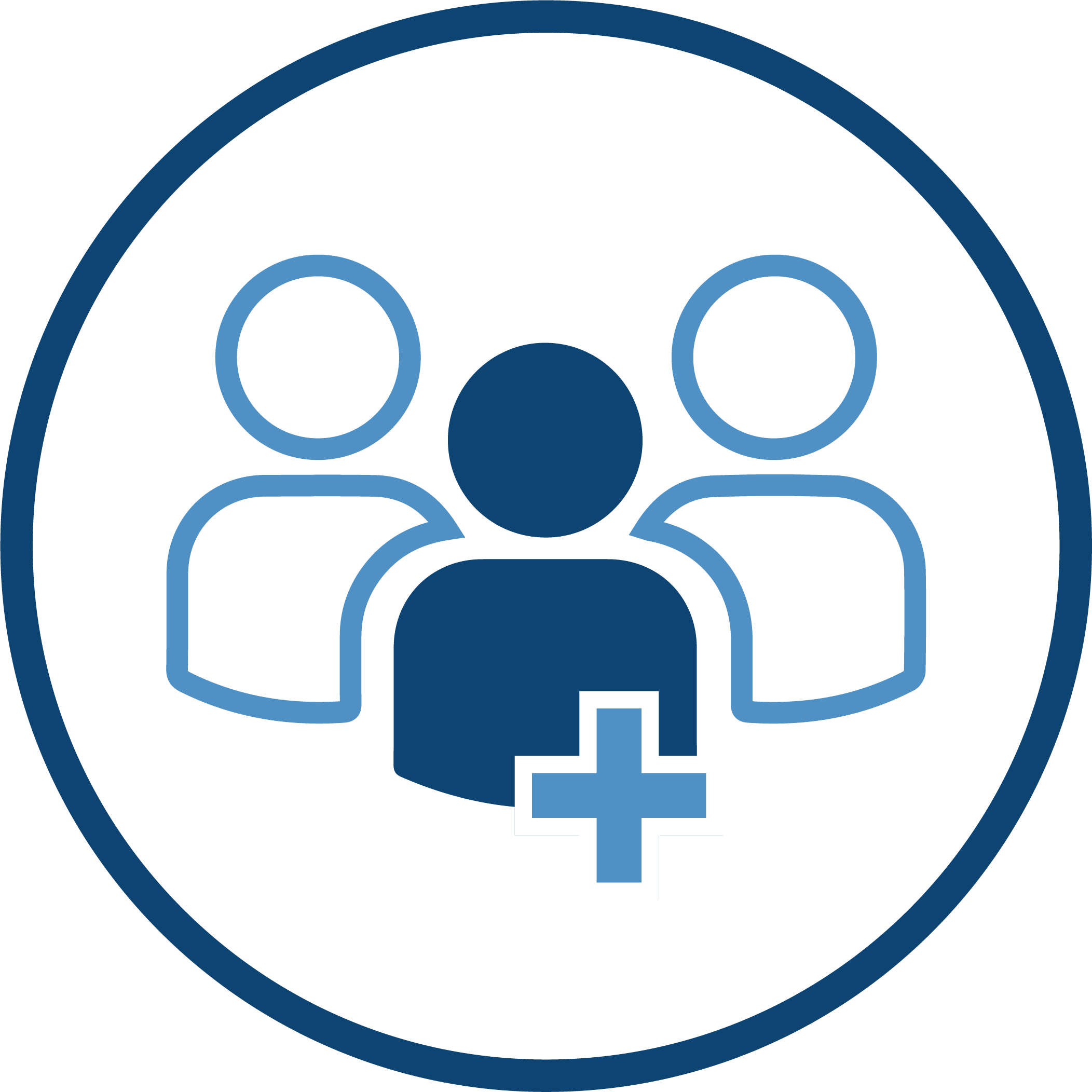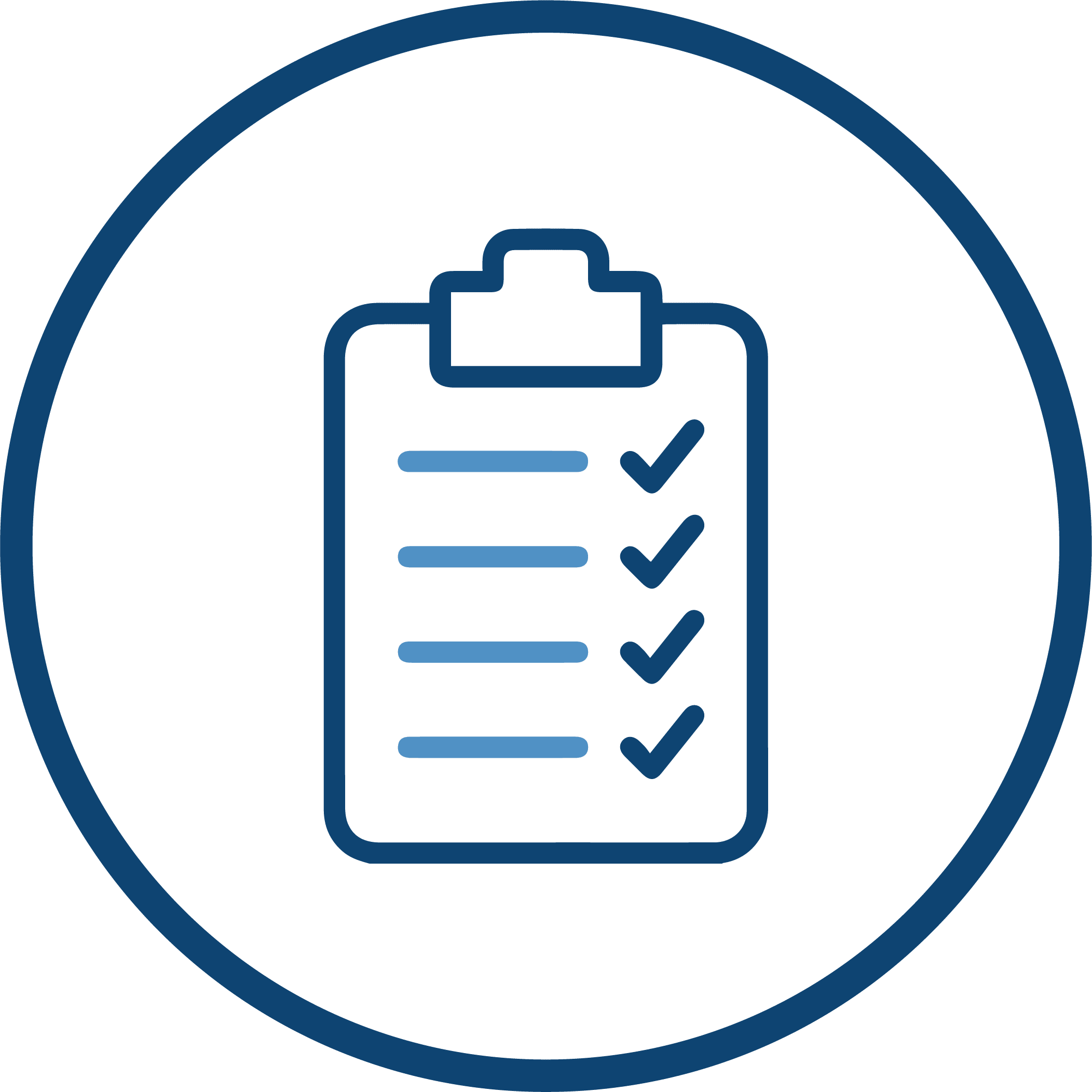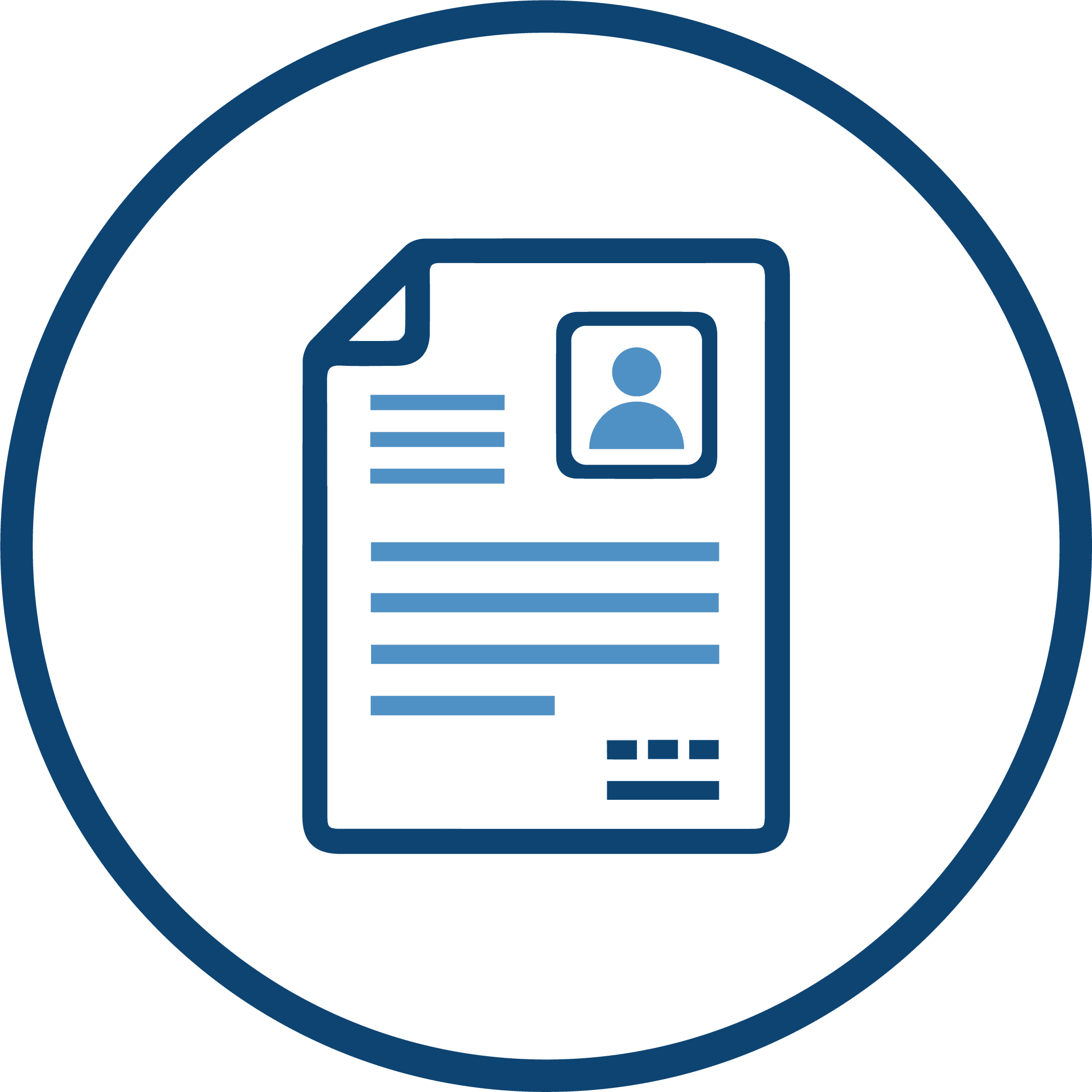At Family Care Center, we tailor our mental health care plans to fit each person’s unique needs. Our clinicians include psychiatrists, psychologists and licensed therapists who are ready to support you and your family.
We provide comprehensive mental health services, including transcranial magnetic stimulation (TMS), in over 25 locations and growing throughout Colorado, Tennessee and Texas. See us at a location near you or virtually from the comfort of your home. Most insurance is accepted, and appointments for patients of all ages are available now.
MENTAL HEALTH SERVICES
Family Care Center is a leading mental health provider that cares for children, adolescents and adults. We provide a broad range of treatment options including counseling, medication management, transcranial magnetic stimulation (TMS) and more.





